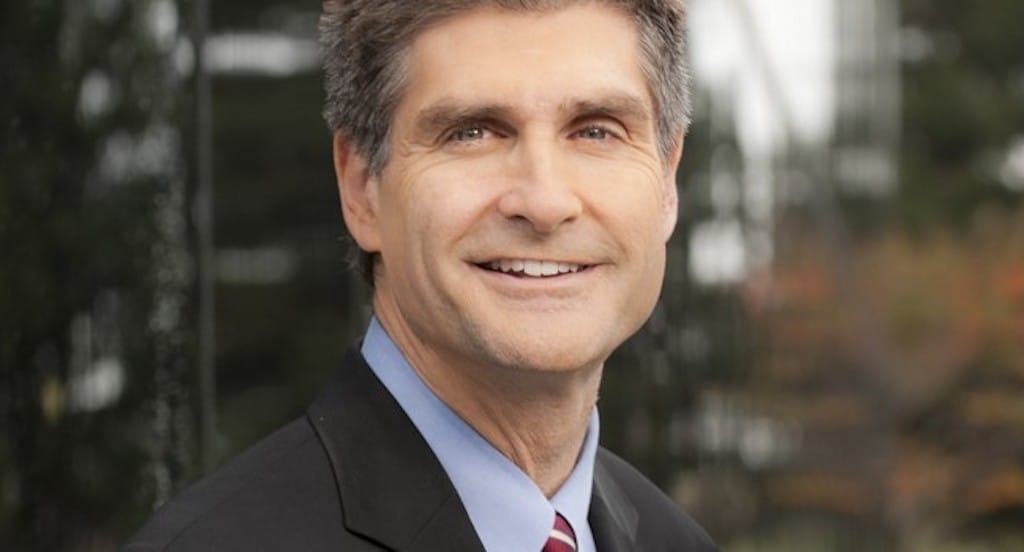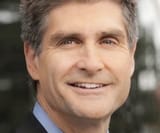Carl Guardino: The Time is Now for 100% Broadband Access in the U.S.
The average cost to connect fiber in a given state hovers in the neighborhood of $7,000 per home.

Last June, President Joe Biden announced how $42 billion in Broadband Equity, Access, and Deployment funding will be allocated across the U.S. and its territories to bring 100% broadband access to nearly 60 million unserved or underserved Americans within five years. That goal, set by the Bipartisan Infrastructure Law of 2021, and the billions of dollars and new tools available to fill existing gaps in coverage will give policymakers, communities, and industry stakeholders a “once-in-a-generation” opportunity to bridge the digital divide in the United States.
Now, the real work begins: determining how 50 states and six territories will put that funding to work.
No family left behind
There are severe consequences for those affected by insufficient or slow implementation of broadband service, as highlighted by a recent study from the National Skills Coalition, which emphasized the importance of digital skills for more than 92% of today’s jobs.
A lack of access to reliable internet not only prevents individuals from acquiring those crucial skills and limits their employment opportunities, but also hinders them from using the myriad of internet-driven resources to which families have become accustomed for healthcare, education, employment, public safety, social survival, and more. Those waiting on broadband access are at a serious disadvantage, which is why we must ensure that no American family is left behind.
Finite finances
Despite the many funding initiatives aimed bridge America’s digital divide, those finances are finite and currently trending in a budget-busting “fiber-first” direction. Fiber is great where attainable, but this approach overlooks the important realities of providing reliable broadband to underserved areas at scale, which indicate that fiber alone would require far more funding than what is currently available.
With the average cost to connect fiber to every home in a given state hovering in the neighborhood of $7,000 per home, some simple math comparing a state’s BEAD funding allocation to the number of households in the state would demonstrate a significant gap between the funding available and the funding actually required to close the digital divide with a fiber-only strategy.
The $42.45 billion set aside for the BEAD program has vast potential in the pursuit of 100% coverage. But the strong fiber bias that persists in the world of broadband funding means that underserved communities remain at risk of being left behind. If we rely solely on fiber, an objective analysis of the true cost and operational mechanics of fiber deployment in digital divide projects shows that both time and money will run out long before we reach millions of American families that are still waiting on adequate internet access.
Technology advances
Thanks to recent technological advancements, there are new tools available that efficiently and cost-effectively reach those forgotten by “fiber-first” thinking. Next-generation fixed wireless access (ngFWA) is a unique technology category that overcomes two long-battled challenges of the wireless broadband industry:
- Non-line-of-sight (NLoS) capabilities — the ability to maintain high performance despite physical obstacles, such as trees or buildings, between tower and home;
- Interference cancellation — a feature that ensures reliable, high-speed service in crowded (even unlicensed) radio frequencies where there are interfering signals from other devices;
As the first wireless technology to truly deliver on both fronts, ngFWA has rewritten what is possible with wireless broadband. Combining the rapid deployment and scaling benefits of wireless technology with unprecedented reliability and performance, ngFWA is the long-awaited method of filling gaps where fiber is too timely or expensive.
For more on ngFWA, read the recently released third-party analysis by Dgtl Infra.
The time is now
For the first time ever, we have what it takes to achieve 100% coverage with readily available funds, and in timelines measured in weeks and months rather than multiple years. Opportunities of this magnitude don’t come around often. It is critical that the U.S., state governments, and key stakeholders work together to deliver reliable internet to those still impacted by the digital divide. A joint effort, in which every possible tool is leveraged to optimally allocate resources and efficiently bring broadband to the unserved, is the only way to reach every American. With billions of dollars at stake, and all of the technological means to get this right, the time is now to bridge the digital divide for every American family.
Carl Guardino serves as the vice president of government affairs and public policy at Tarana. After three decades in CEO and senior officer roles, including 24 years as CEO of the Silicon Valley Leadership Group, Carl led global government affairs for Bloom Energy. He also serves as Vice Chair of the CA Transportation Commission, which annually programs and allocates nearly $10 billion in transportation improvements throughout the state. This piece is exclusive to Broadband Breakfast.
Broadband Breakfast accepts commentary from informed observers of the broadband scene. Please send pieces to commentary@breakfast.media. The views reflected in Expert Opinion pieces do not necessarily reflect the views of Broadband Breakfast and Breakfast Media LLC.










